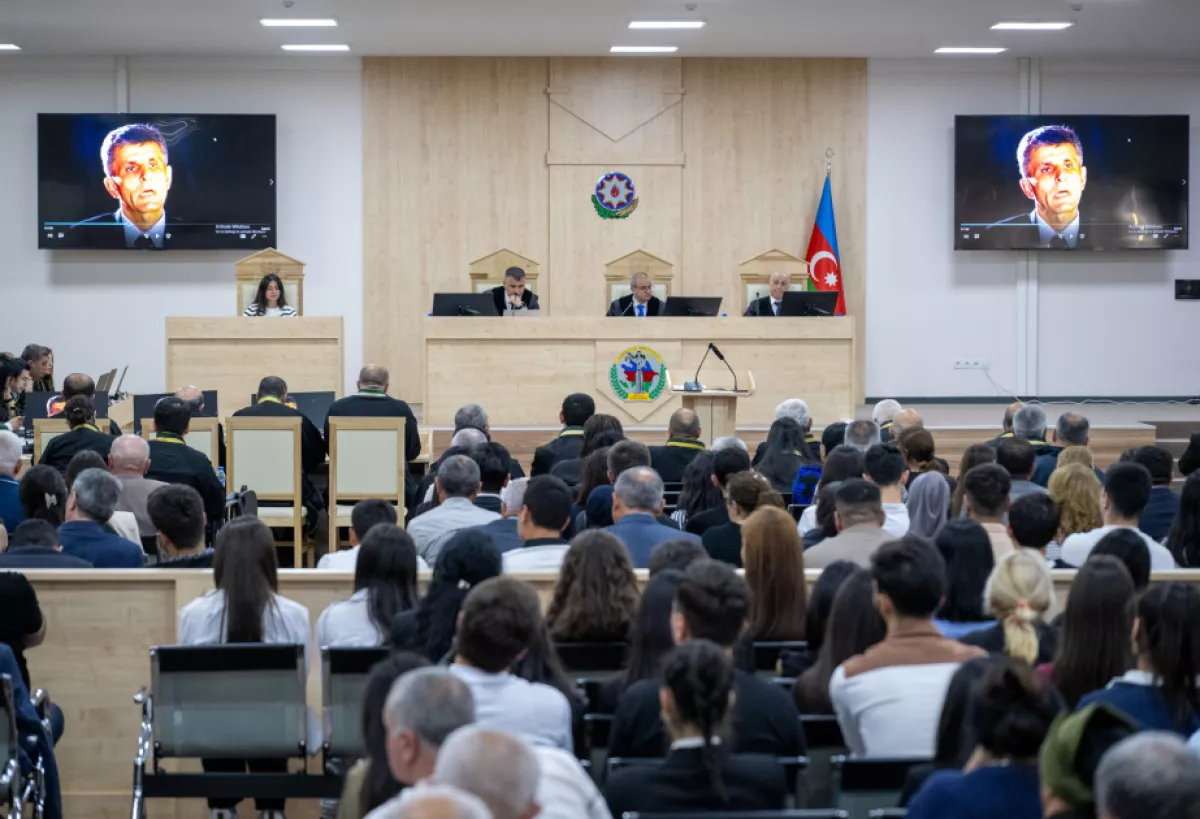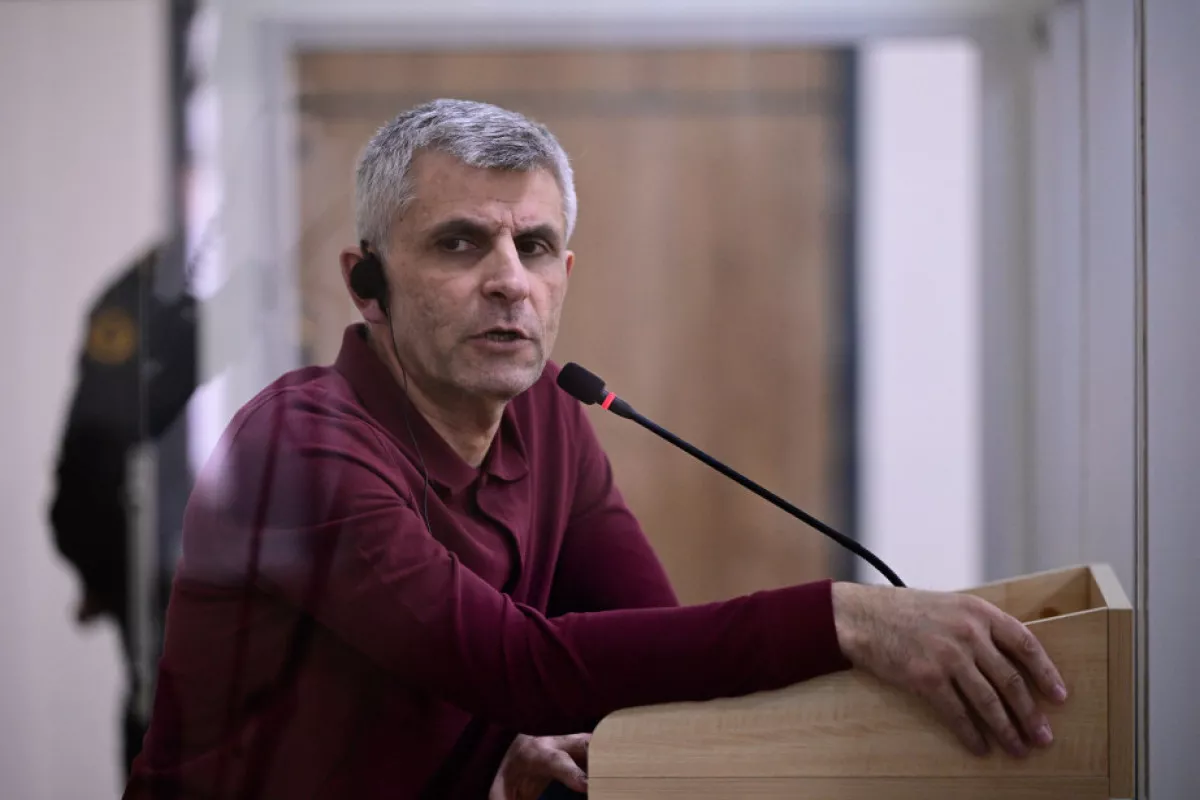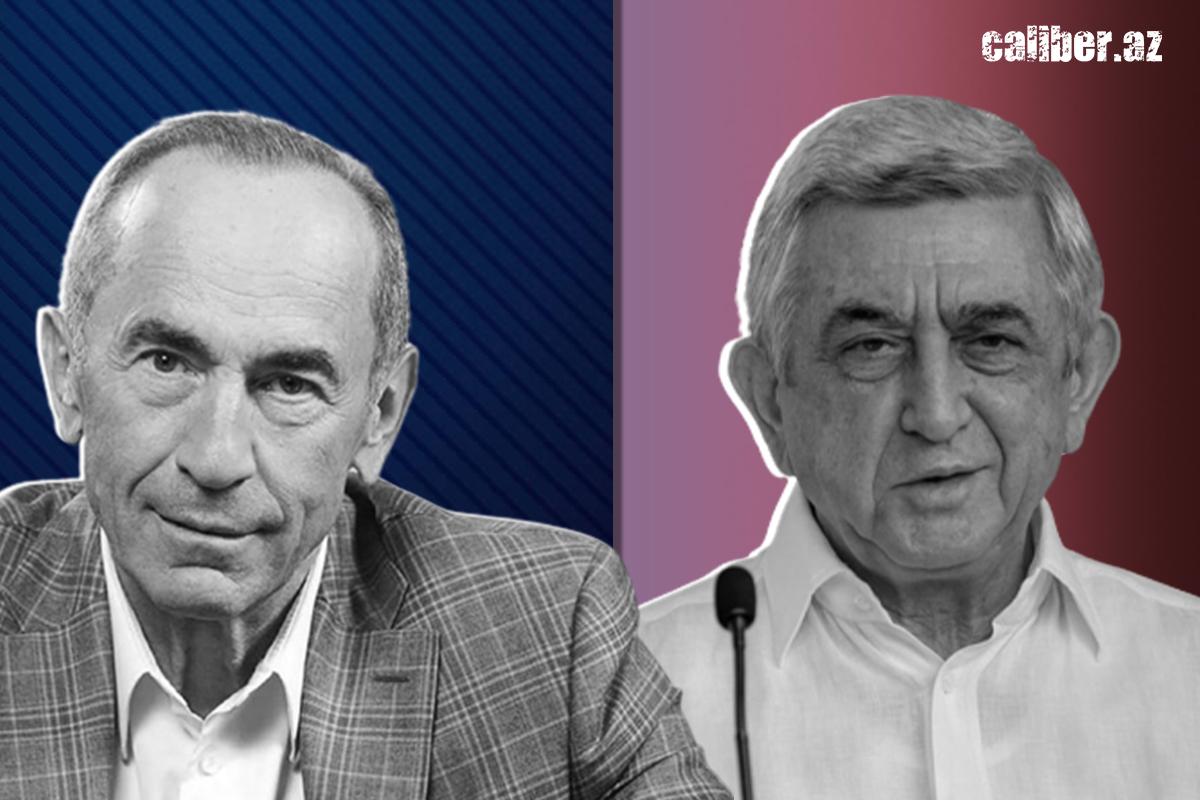From "miatsum" to the courtroom Baku puts an end to Armenian fantasies
The ongoing trials in Baku against citizens of the Republic of Armenia—charged with crimes against peace and humanity, war crimes including the planning and waging of aggressive war, genocide, violations of the laws and customs of war, as well as terrorism, terrorist financing, violent seizure or retention of power, and numerous other offenses—have become a true horror for official Yerevan, representatives of the global Armenian community, and their patrons from various countries. These proceedings have plunged them into a state of permanent shock, as they repeatedly reveal evidence of the monstrosity and cynicism behind the crimes and schemes orchestrated by the Armenian side against Azerbaijan.
On May 22, during the court hearing, a video was shown featuring an interview given by the accused, Davit Ishkhanyan, to a television channel of the illegal regime in 2016. In the interview, responding to the journalist's questions, he spoke about the activities of Dashnaktsutyun supporters in Azerbaijani territories:
“Dashnaktsutyun appeared in Karabakh in 1990–1991. The main activity, of course, unfolded in the frontline zone. That’s where the work was focused. Dashnaktsutyun operated in Karabakh not only with weapons, but also through material and human resources.
Another key issue was organisation. Dashnaktsutyun acted as a shield for us. It is no coincidence that between 1990–1991 and up until 1994, the party demonstrated excellent work in building the army, as well as in other areas. During that period, Dashnak representatives, fighters, and groups were being formed. I was one of them at the time.”

But that’s not all. When asked by the TV host at the time about the annexation of Karabakh to Armenia, D. Ishkhanyan said:
“My personal opinion is also that the most correct path is ultimately the annexation of Karabakh to Armenia. This should become our primary and final outcome. We are currently in a transitional period. For me, Karabakh and historical Armenia are one and the same; I see them together.”
Responding to questions from the state prosecutor Vusal Abdullayev regarding the televised interview, Ishkhanyan stated that his remarks about the annexation of Karabakh to Armenia, as heard in the video, did not reflect the position of the Dashnaktsutyun party, but rather the position of the so-called “parliament” of the illegal regime, of which he was a “deputy.”

However, all these words are nothing but a feeble attempt to conceal the true goals of the global Armenian movement by a man who, at that time, could not have even imagined that his speeches would one day become a requiem for “miatsum.” This very word became the symbol of a movement demanding the transfer of Karabakh (then the Nagorno-Karabakh Autonomous Oblast — NKAO) from the Azerbaijani SSR to the Armenian SSR.
Everything — from historical facts and the chronology of events to the political rhetoric of their “leaders” — convincingly proves that the real goal was not the creation of a “separate state,” but the annexation of Karabakh to Armenia. At mass rallies in 1988 in Khankendi (then Stepanakert) and Yerevan, the main slogan of the protesters was “miatsum,” which in Armenian means “reunification.”
In appeals and letters sent to Moscow signed by Armenian deputies and public figures, there were direct demands to “restore historical justice” and “transfer Karabakh to Armenia.” However, despite the fervent efforts of the global Armenian community, the “miatsum” plan ultimately collapsed into oblivion with a resounding crash.
To begin with, in March 1988, the Presidium of the Supreme Soviet of the USSR rejected the petition to transfer the Nagorno-Karabakh Autonomous Oblast (NKAO) to Armenia. However, the Armenians—who have the idea of a “Greater Armenia” embedded deep in their DNA—decided, with their characteristic cunning, to attempt a kind of bypass manoeuvre.
In 1991, separatists declared the creation of the so-called “Nagorno-Karabakh Republic” (NKR). But, as was clear to everyone, this “independence” was proclaimed only formally. It is a well-known fact that this illegal entity was entirely dependent on Armenia economically and militarily, and its leaders were Armenian citizens, many of whom held high positions in Yerevan either before or after their activities in Karabakh.
Here, it is enough to mention Armenia’s second and third presidents, Robert Kocharyan and Serzh Sargsyan.

This entire spectacle of “independence” was staged precisely because Yerevan fully understood that the direct incorporation of all occupied Azerbaijani territories into Armenia would constitute a gross violation of international law and a blatant annexation of part of Azerbaijan’s internationally recognised territory. No matter how you look at it, such a move would have led to sanctions and Armenia’s isolation on the global stage.
As a result, the Armenian authorities navigated a course between radical nationalists and the realities of foreign policy, supporting the NKR de facto while not recognising it de jure. In other words, the label of an “independent” NKR was merely a cover for the main objective—“miatsum.”
Armenia’s refusal to officially recognise and incorporate the NKR is not a matter of respect for international law, but a forced measure due to external political pressure and fear of international isolation. Whenever external conditions changed, calls for annexation would resurface again.
Meanwhile, Azerbaijan, closely monitoring all these games of the sick Armenian “mind,” continued steadily strengthening its economy and reforming its army, while simultaneously conducting intense diplomatic efforts. In April 2016, Azerbaijan dealt its first blow to the Armenian occupiers. And when Armenia crossed the “red line” once again in 2020, Azerbaijan unleashed the full power of its “Iron Fist,” liberating its ancestral lands and restoring its territorial integrity in just 44 days. This historic victory buried the “miatsum” project, orchestrated by the global Armenian movement, once and for all.
Then came the one-day anti-terrorist operation in the autumn of 2023 in the Karabakh region of the country, after which Azerbaijan fully restored its sovereignty and territorial integrity, arrested, and brought to Baku the former leaders of the Karabakh junta. Today, they stand in the Baku court, facing irrefutable evidence, futilely trying to justify their crimes against Azerbaijan and the Azerbaijani people.








